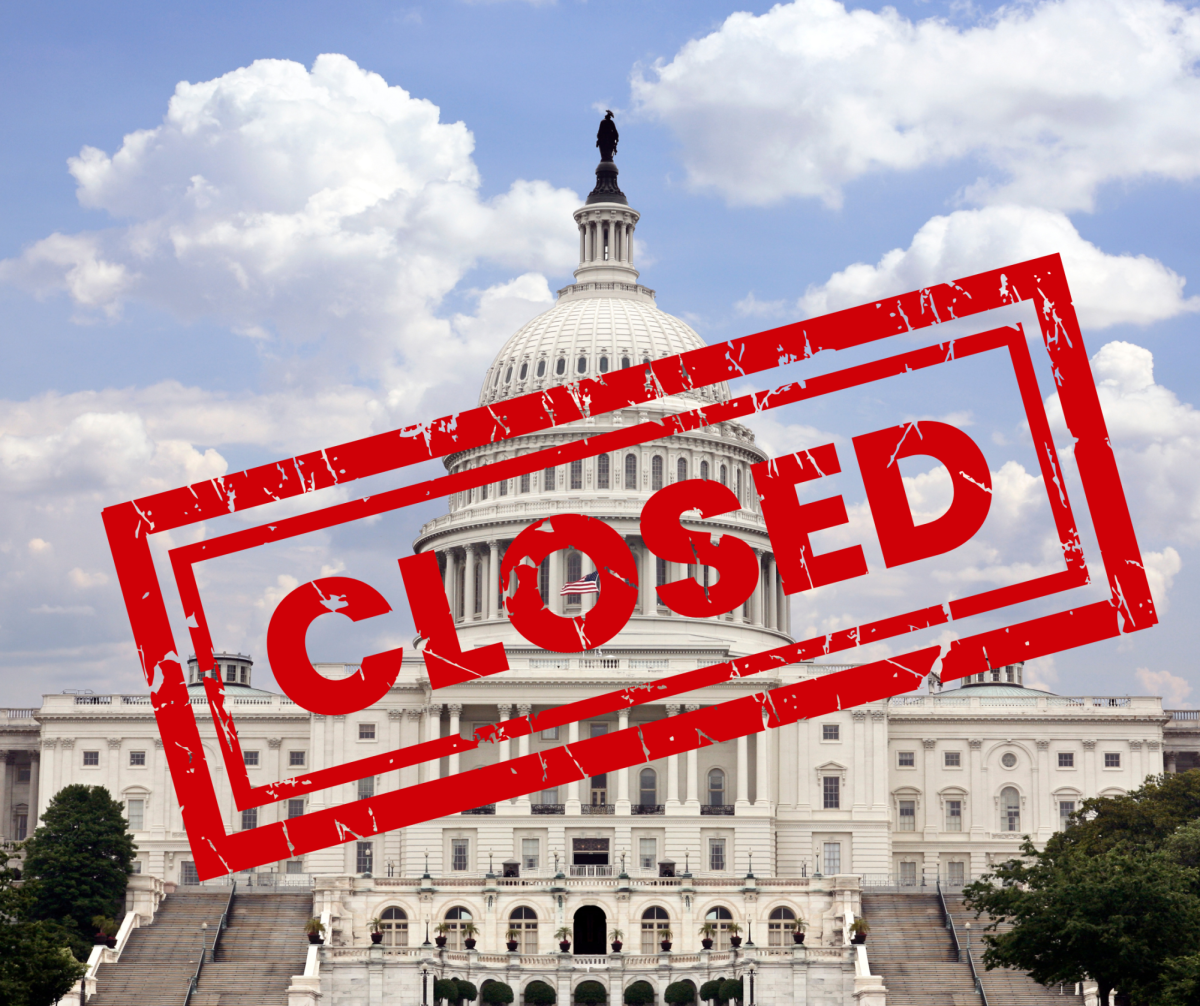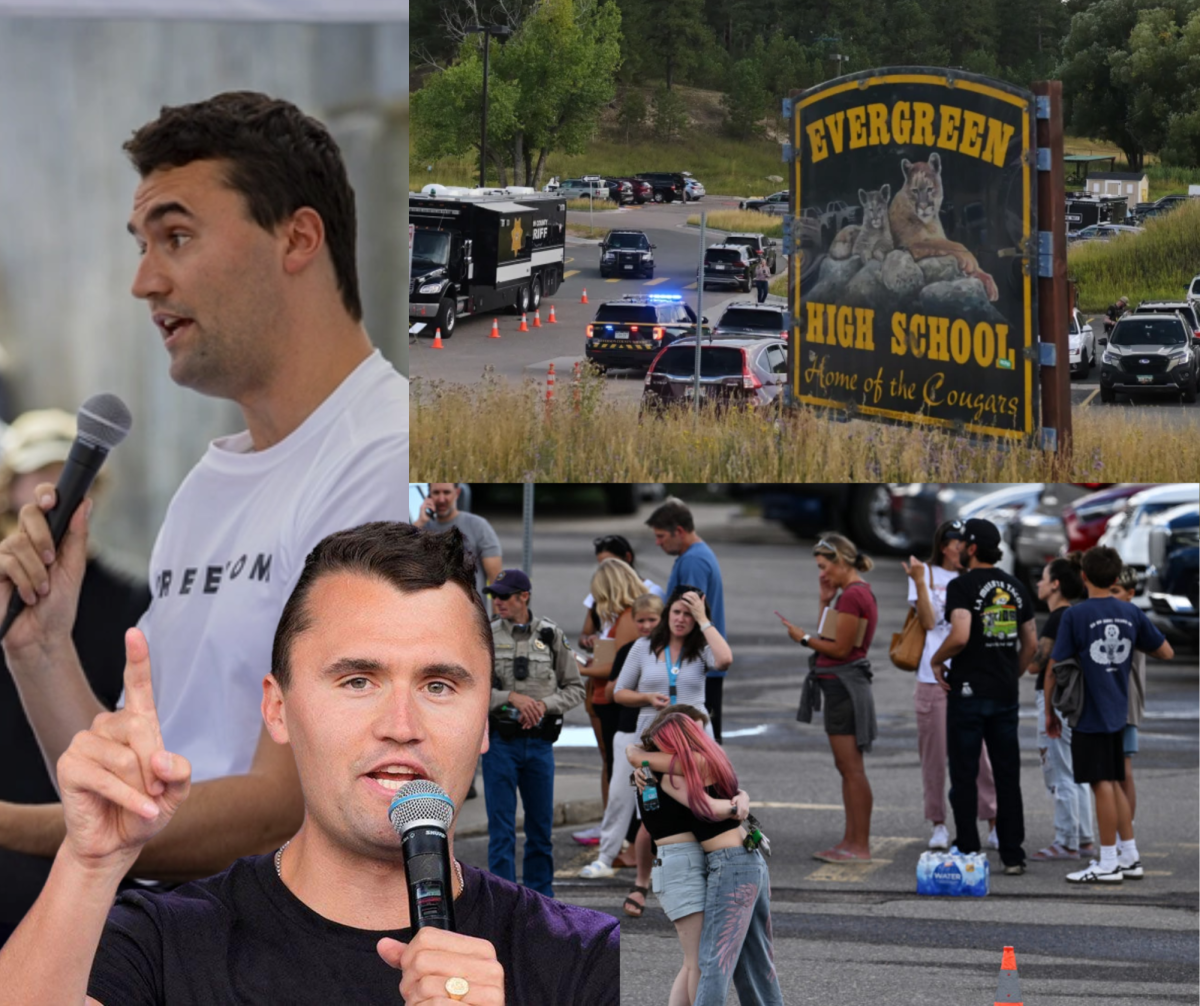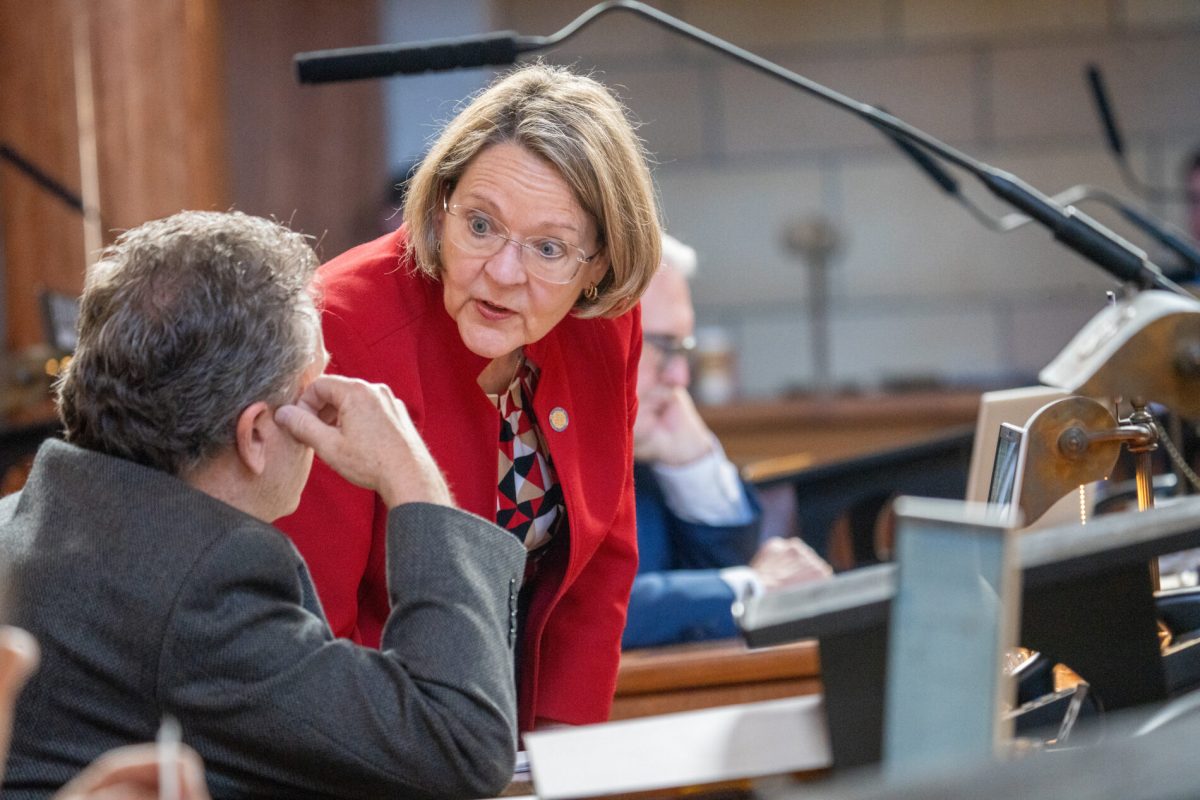Last Tuesday, at midnight, the federal government “shut down.” What does this mean, and how should you plan around it?
Government shutdowns
In order to fund the various aspects of the federal government, Congress must pass a funding bill that allocates money. The Republican-controlled House of Representatives passed a temporary kind of these funding bills—known as a stopgap bill—through a simple majority vote. But the Senate has a unique requirement for funding bills: they need 60 votes to pass thanks to the filibuster. Although Republicans also control the Senate 53-47, nearly every Democrat has voted against the bill, primarily due to concerns over healthcare, and instead presented their own competing bill. Without a passed funding bill before the end of the fiscal year, the government cannot fund itself, and it has thus shut down.
A government shutdown is not entirely as its name suggests, as only parts of the government shut down. Border security, for example, will be relatively unscathed from the shutdown. Money for Social Security, Medicare, and Medicaid will also continue flowing, but there could be significant delays. Other areas that will continue include the Postal Service, banks, courts, and other critical systems. The most affected areas usually include those like the National Institute of Health, which performs research, the National Parks Service. and the Environmental Protection Agency. The IRS will continue processing taxes, but it could encounter serious staffing shortfalls. Additionally, federal law enforcement will continue their duties, but there could be delays in investigations.
Shutdowns can cause serious economic pains to the government, though their duration is often relatively brief. The most recent shutdown—the longest in American history—last occurred in 2019, and ironically mirrored the current shutdown: with Trump in the presidency, the Republicans and Democrats reached an impasse. That shutdown lasted 35 days, though the current one could last even longer. It all depends on how soon a funding bill is passed. Both sides are hoping for the other side to crack, and hoping that American voters will blame the other party for the shutdown.
In the meantime, here’s how you should plan for the shutdown.
Delays
Although air traffic controllers are deemed essential and thus not furloughed (temporarily laid off), they are required to work without pay during the shutdown. In past shutdowns, this has seen air traffic controllers calling out sick and not showing up. If enough ATCs do this, it could result in significant delays to aircraft. Thus, if you’re travelling, it’s a good idea to make contingency plans.
National Parks
It’s also a good idea to avoid national parks for the time being. Parks that directly involve staffers, like visitor centers, will close, and although open-air parks like Yosemite or Yellowstone will remain open (and will have essential services), the reduced staffage may mean that the quality of these parks will be dampened. In other words, if you’ve always wanted to see the beauty of Crater Lake, perhaps it’s a good idea to wait until after the shutdown.
Nebraska
Many of the services we associate with “government” are provided by the state government, and so they will continue. However, parts of Nebraska could be impacted. Many civilian workers at the Offutt Air Base, for example, have been furloughed.
Ultimately, the only thing we can do with the shutdown is wait and see what happens. It’s a good idea to stay up with the news, too, so you can be aware of the various developments as the shutdown progresses.








